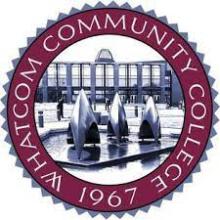
Whatcom Community College
Whatcom Community College & Stratusphere UX
During a migration to Windows 10, storage and compute resource shortages multiplied exponentially for the college’s 11,000 users.
Selection Criteria
Education institution chose Stratusphere UX for its VMware environment when VMware’s monitoring and management tools fell short.
Optimized Performance
The IT dept.’s goal is for their virtual desktops to run as well or better than physical models which requires proactive optimization.
Proactive Management
IT staff has gone from reacting to being preventative because Stratusphere UX provided detailed date to support informed decisions.
Better Resource Use
Windows 10 requires much more resources than previous OS. Now IT staff can ensure that adequate infrastructure supports the performance levels they need.
Improved Diagnostics
IT staff can now troubleshoot issues quickly because they have the comprehensive data they need to analyze and remediate bottlenecks immediately.
Expanded Footprint
The IT staff’s priority is to continually strengthen its workspace infrastructure so more students and staff have remote access to work and lab resources.
“Stratusphere UX allows us to see desktop activity that we didn’t expect...based on this information we can adjust the resources and configurations in our VDI.”
Bill Zilinek, PC Support Manager , Whatcom Community College
Improve DEX Efficiency
Liquidware solutions are proven to boost efficiencies and cost savings for enterprise Digital Employee Experience (DEX) environments.
Validation Rate
Nearly 80% of customers chose Liquidware solutions over competitors because of unique features and cross-platform compatibility.
Improved Performance
91% of customers report noticeable OPEX savings by reducing complexity, increasing visibility and automating manual tasks.
Support Satisfaction
Liquidware’s Support team has received a high 99% Customer Satisfaction Rate consistently year over year.

